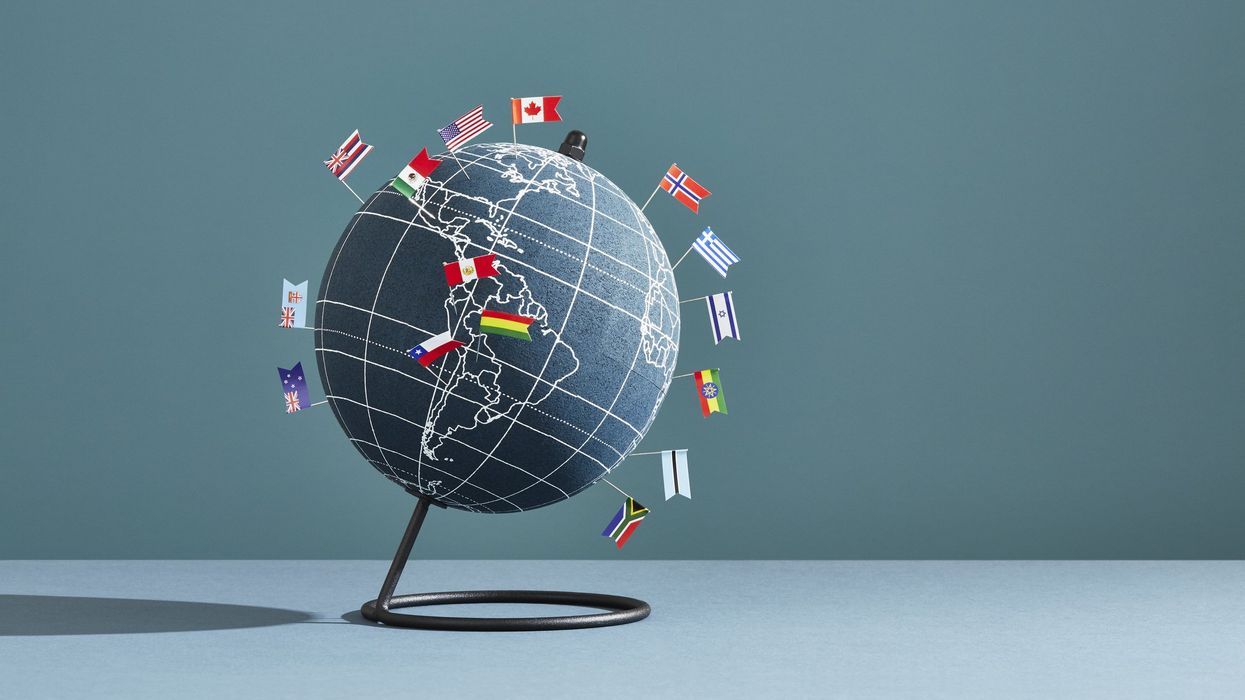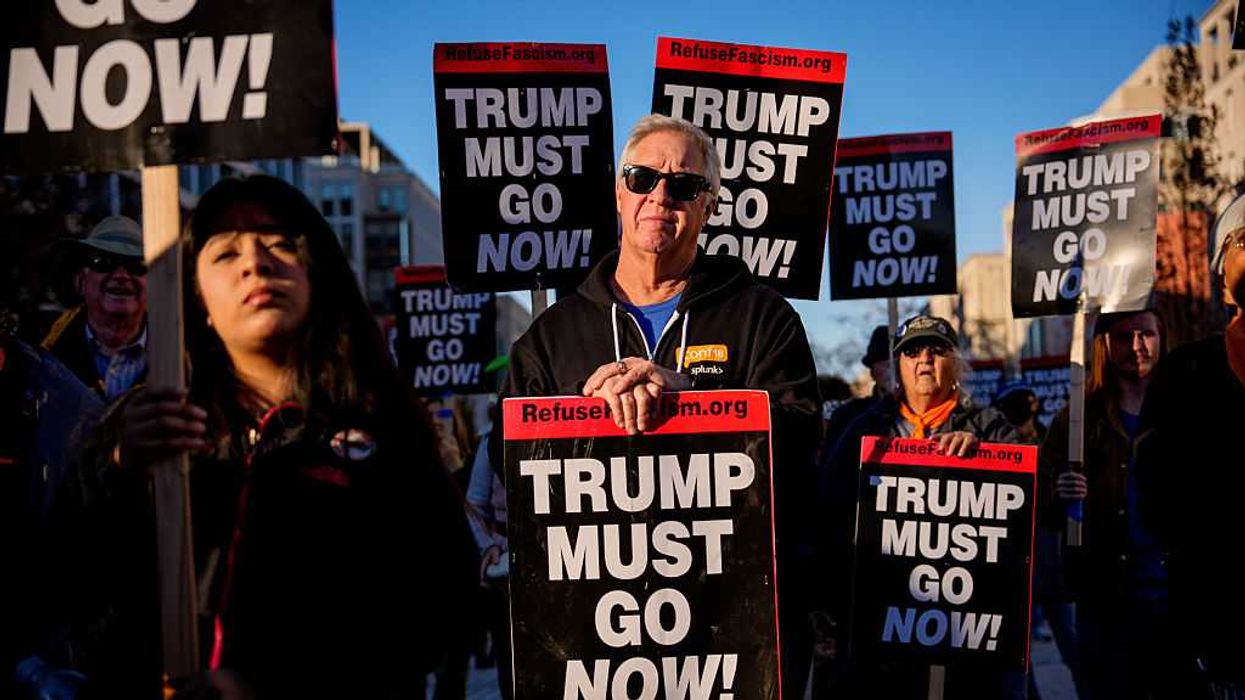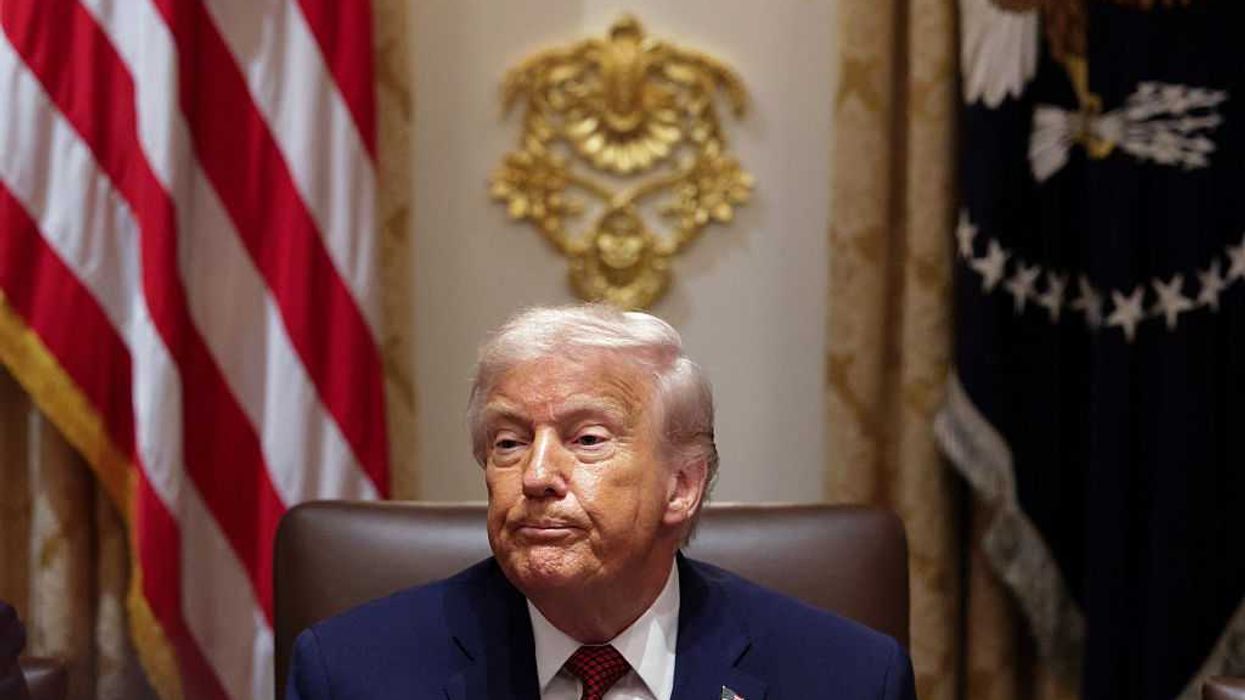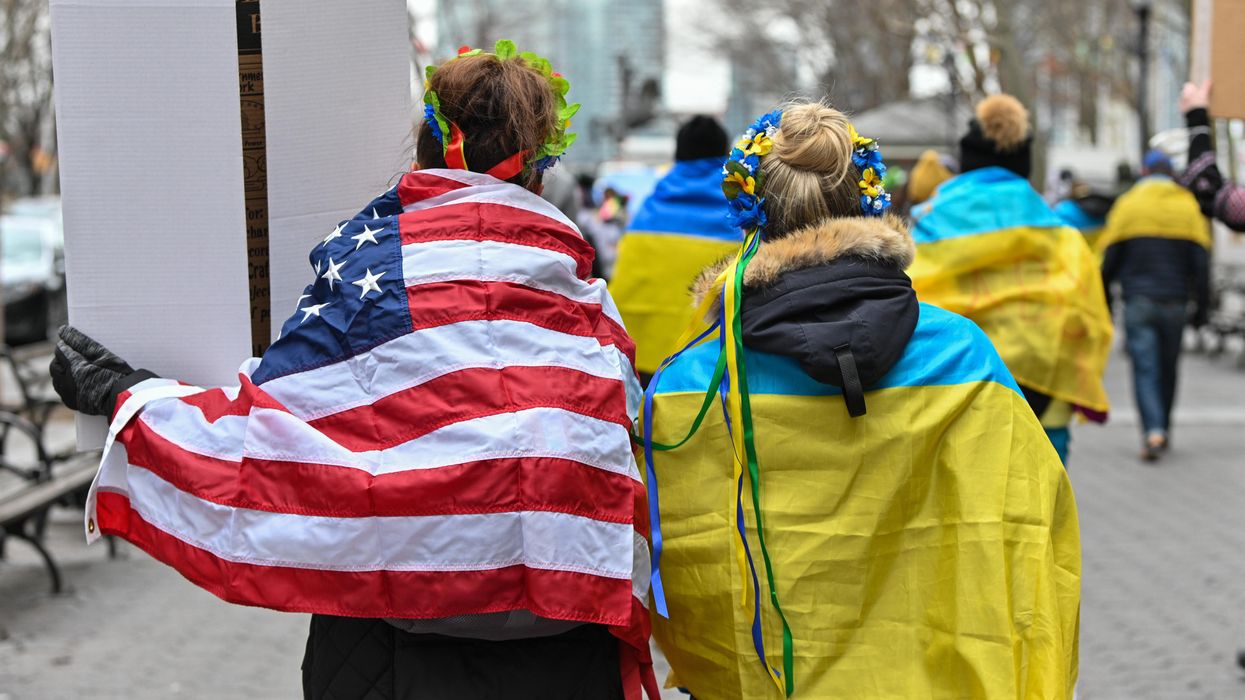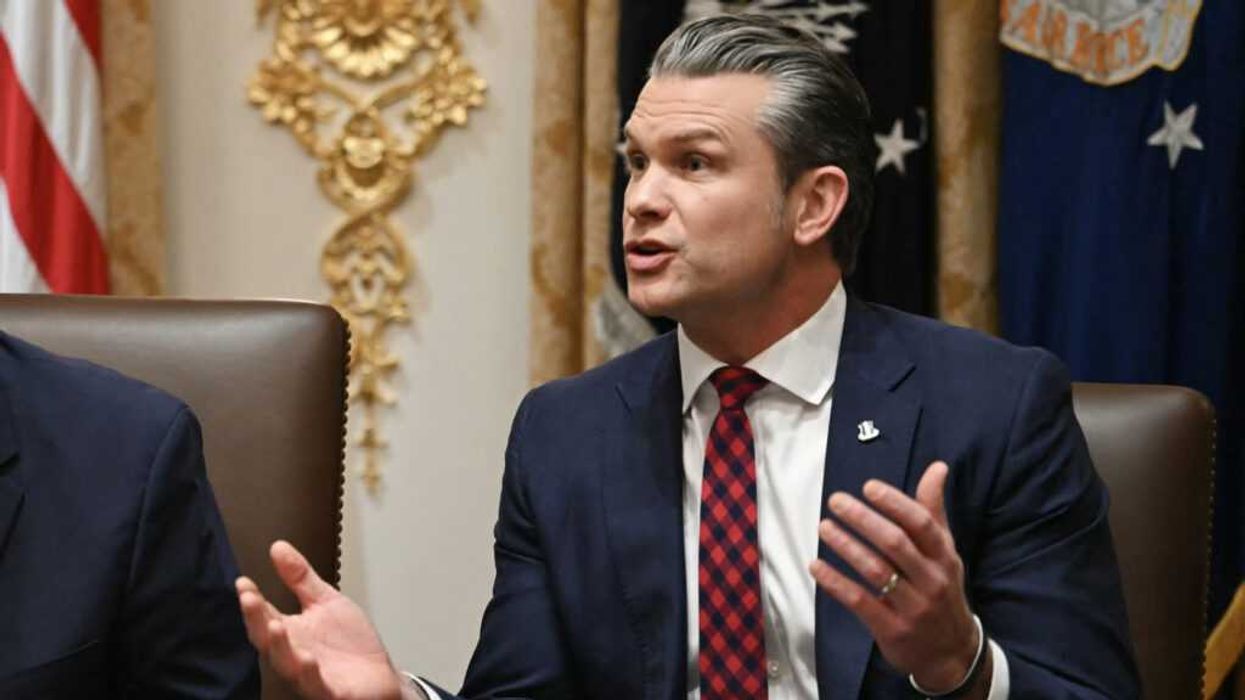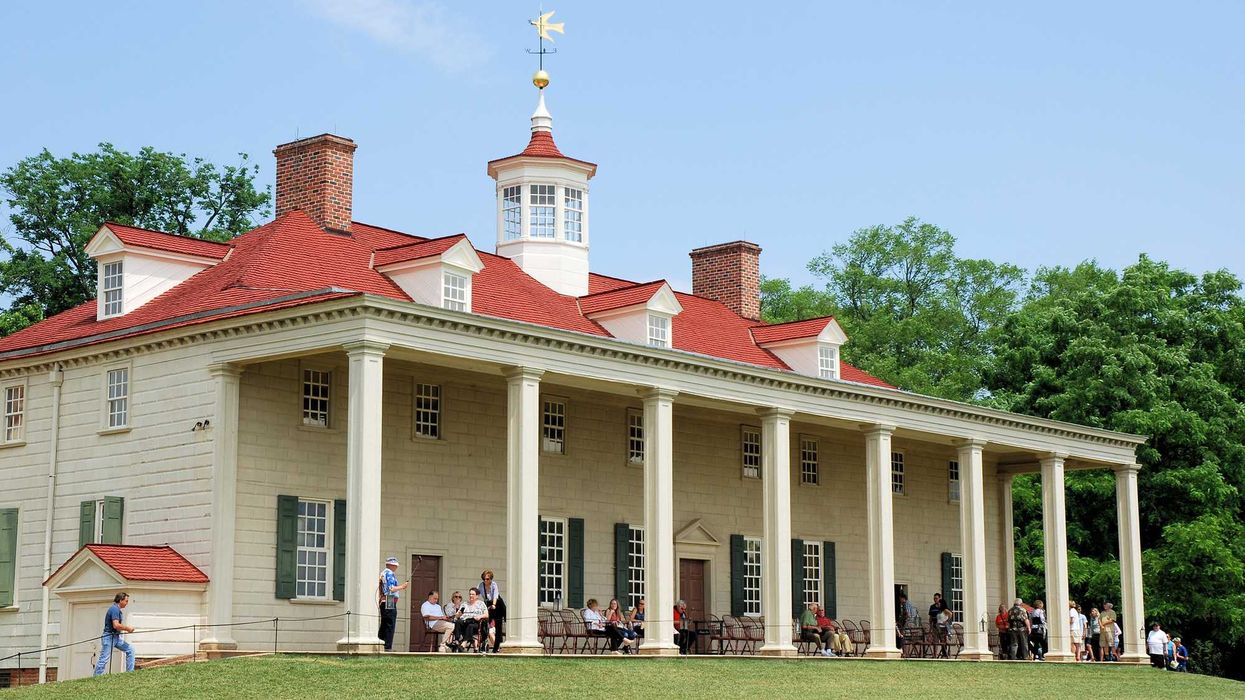WASHINGTON – Since his return to office in January, President Donald Trump has ushered in an era of enormous upheaval in the federal government: from dismantling the U.S. Agency for International Development in early February to the recent announcement of extensive tariffs. But amid these sweeping changes, the quiet change in U.S. embassy policies is going largely unnoticed.
Since Trump’s inauguration, embassies have largely avoided drawing undue attention from the Oval Office. Under orders from Washington, they’ve avoided contact with the press and visiting Americans, and in at least one case, canceled a long-planned embassy appointment with visiting American students without explanation.
Ian Kelly, the former U.S. ambassador to Georgia and the Organization for Security and Cooperation in Europe, called the changes to the Foreign Service a “verticalization of foreign policy,” with all instructions and authority coming from the top down, leaving little discretion for diplomats on the ground.
He described the Trump administration’s approach to the Foreign Service as eerily similar to policies in what he called “less democratic states.”
A former U.S. ambassador with knowledge of the canceled student visit, who spoke on the condition of anonymity, said that ambassadors have been required to request explicit permission from the State Department in Washington for any public engagements.
In the past, ambassadors have typically been afforded a degree of freedom in managing their appointments, determining with whom they met based on availability and scheduling.
“It's unheard of that an ambassador would have to go back to the State Department and ask for specific permission to meet with any group,” the former ambassador said.
The State Department refused to comment.
An atypical transition
While all ambassadors are appointed by the president and confirmed by the Senate, they generally fall into two informal categories: so-called “political appointees,” often large donors, who come from outside of the Foreign Service, and career foreign service officers, who are trained and experienced diplomats recruited from within the Service.
Several diplomats explained that when a new president comes to power, political appointees are generally replaced, while career foreign service officers are usually retained.
As a new administration finds its footing, some embassies may not be assigned a new ambassador for months, meaning there’s often little guidance at first.
“You're in a holding pattern,” said Gordon Duguid, a retired senior diplomat. “You're not going to do anything different than you have been doing until you receive specific instructions.”
While some uncertainty is normal, the level of chaos that has marked communications since the beginning of Trump’s second term has been unprecedented, even in comparison to his first term, several diplomats said.
Kelly was appointed ambassador during the Obama administration and spent 15 months working under the Trump administration before retiring in 2018. As a foreign service officer specializing in media relations, Kelly recalled that, during Trump’s first term, guidance was hard to come by.
“Under Trump, I didn’t say much at all. I couldn’t,” Kelly said. “I didn’t know what to say, and what I knew I could say, I didn’t agree with.”
Silence at the State Department
In early February, Trump signed an executive order entitled, “One Voice for America’s Foreign Relations.” The order called for a “reform” of the Foreign Service and authorized the Secretary of State to revise key documents, including the Foreign Affairs Manual, which governs much of Service policy.
“All officers or employees charged with implementing the foreign policy of the United States must under Article II do so under the direction and authority of the President,” the order reads. “Failure to faithfully implement the President’s policy is grounds for professional discipline, including separation.”
That has put pressure on foreign service officers to avoid saying anything that might put them at odds with the Trump administration.
“Like so much else in this administration, it's kind of pre-World War II-type diplomacy where you just keep your head down, keep your mouth shut, don't talk to the press,” Kelly said.
The current level of silence from the State Department is unusual, Kelly added. Typically, State Department employees are granted some degree of discretion to speak with the press. That appears to have changed with the current administration.
Duguid’s impression was similar.
“Nobody is being given permission to speak up,” he said.
Many in the Foreign Service likely haven’t forgotten the first Trump administration’s fury.
Trump’s first impeachment shined a rare spotlight on America’s foreign service officers. In 2019, he ousted then-Ambassador to Ukraine Marie Yovanovitch, just a month before his fateful July phone call with Ukrainian President Volodymyr Zelenskyy. In the call, Trump pressured Zelenskyy to investigate Hunter Biden, the son of Trump’s political opponent Joe Biden, in return for releasing aid that was already approved by Congress.
During the impeachment proceedings, Yovanovitch and several other top diplomats testified about the smear campaign Trump and his allies orchestrated against her.
“She suffered adverse consequences because her name did reach Donald Trump,” Kelly said.
In retaliation for their testimony in the impeachment proceedings, Trump later fired key witnesses, including Lt. Col. Alexander Vindman—the top Ukraine expert on the National Security Council—and Ambassador to the EU Gordon Sondland.
“That was all because of the vindictiveness of the president of the United States. I mean, you can imagine what a chilling effect that has,” Kelly said. “People learned their lesson: you don’t want the Eye of Sauron on you.”
Budget cuts and a shrinking workforce
Members of the Foreign Service were among those to receive the “fork in the road” and “what did you do last week?” emails from the U.S. Office of Personnel Management, although the State Department instructed its employees not to respond.
“It seems like they're trying to have a reduction in force without having to go through the legal obligations that come with a reduction in force,” Duguid said. In his 31 years at the State Department, he added, a reduction in force was sometimes discussed but never implemented.
If a reduction in force is implemented, he said, “personnel who have fewer labor protections … would be the first to go.”
But much of day-to-day embassy work, like processing visas, is done by those less protected junior officers. Without those workers, Americans living abroad may be left without access to key services.
The turbulence to come
The contradictory combination of little guidance and heavy-handed intervention in a traditionally apolitical workforce has led to chaos and confusion.
“Basically, you have a whole lot of people trying to do the job that they were instructed to do with no new guidance and now no money,” Duguid said.
In his first term, Trump proposed cutting the State Department budget by more than 30%, although Congress ultimately rejected the cuts. But that proposal may offer a glimpse into the new administration’s plans.
The first Trump administration was largely unprepared to take power, leaving diplomats able to continue their work without much interference. This time around, however, it appears that the administration has quickly moved to significantly tighten its control over the Foreign Service.
“People are extremely reticent to do anything in public for fear of getting crosswise with the new administration,” Kelly said. “This is going to be a rollercoaster ride.”
Sasha Draeger-Mazer is a national security reporter for Medill News Service and studies journalism and political science at Northwestern University.




